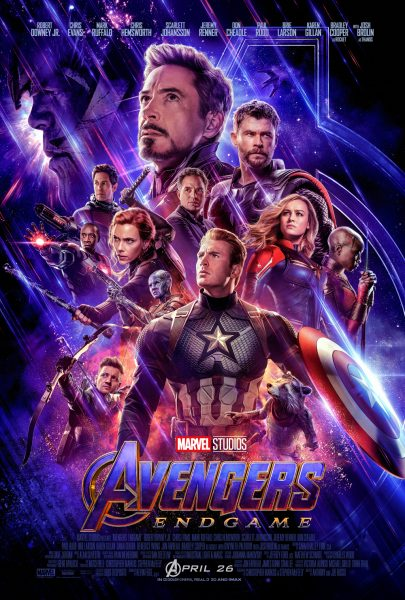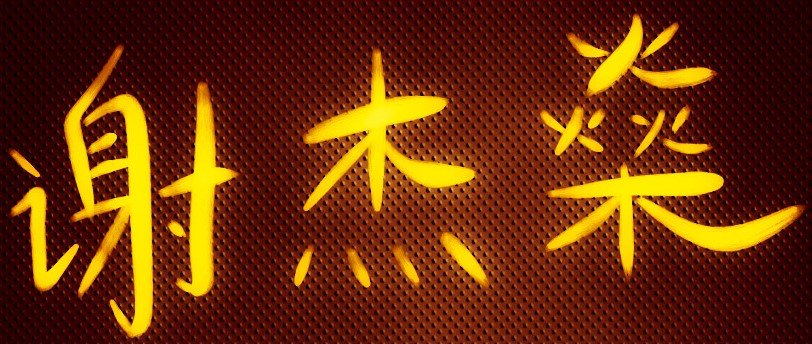
Avengers: Endgame is a movie about loss.
Loss pervades every frame of the movie. From the opening scene to the denouement, the story explores the impact of the Avengers’ greatest defeat at the hands of Thanos in the previous film. With half of all living beings dead, including some of their staunchest allies, what’s left of the Avengers must find a way to pick up the pieces and carry on.
Then, five years after the Snap, Ant-Man concocts a plan to save everyone.
It is high-risk, fraught with danger, with no room for error. A single misstep could spell doom for all life in the universe, and an ultimate triumph for Thanos. The Avengers, those who remain, must grapple with their psychological hangups, overcome their psychic wounds, and gear up for the greatest battle in the Marvel Cinematic Universe. This is their endgame.
And the movie almost lives up to its name.
(Spoilers ahead!)
The Problem of Omnipotence
Endgame reveals the problem of omnipotence in storytelling. The Infinity Stones, married to the Infinity Gauntlet, grants the wearer nigh-infinite power at incredible cost. Thanos used it to execute his master plan of wiping out half of all life.
Yet (some of) the Avengers were spared.
This doesn’t make any sense. Thanos was portrayed as a military genius, scouring and conquering world after world. Surely he would understand the importance of doing no small harm to an enemy, of destroying him so completely that he could not retaliate. By leaving some of the Avengers alive — including and especially those who fought him in the previous film — he is simply sowing the seeds of his own destruction.
That said, from a storytelling perspective, having a ragtag bunch of heroes battle an omnipotent enemy can make for a great narrative. The heroes must struggle to earn their victory. If, on the other hand, the heroes obtain omnipotence, if they could destroy the enemy simply by snapping their fingers, then the story is no fun.
Endgame attempts to address this issue. The Avengers aim to secure the Infinity Stones and the Infinity Gauntlet to undo the effects of the Snap. However, no mere mortal can just put on the Gauntlet. The stones emit a fatal amount of gamma rays, so only superhumans can use it and live. And even then, it exacts a terrible cost.
This places a heavy price on the use of cosmic powers. Awesome power must come with awesome cost for it to have significance. But that’s not all. The theme of loss runs through the film. Even Ant-Man’s plan can’t save everyone, because…
Reasons.
It’s odd. The Infinity Gauntlet can undo the events of the Snap and bring back everyone Thanos destroyed, but somehow it can’t resurrect more recently slain characters. From a storytelling perspective it reinforces the central theme of loss, but the story logic makes no sense. Simply having one character say “I tried” just doesn’t cut it.
The Rising
For all that, the Infinity Stones and the Gauntlet are just the MacGuffins that drive the plot. The meat of the story is in the Avengers overcoming their traumas, dusting themselves off, and girding themselves for one last mission to save all creation.
Captain America is worn out and beaten down, but he refuses to give up hope. When the opportunity arises to undo the Snap, he jumps at it immediately — but he has to convince the other Avengers to join him.
Iron Man is a hollow shell of a man. After so much death and destruction, he has retired to his home. Unwilling to risk his family, he has shunned the Avengers and refuses the call. Thor, having lost almost everything, has gone to seed. The drunkard king of a people who no longer respects him, he spends his days guzzling alcohol and staring at the television. Hawkeye has descended into self-destructive nihilism, taking on high-risk assassination jobs to fulfill his death wish.
The first act of the film has the Avengers supporting each other, building up each other, bringing them aboard Ant-Man’s grand plan to save all life. The second act, with the plan in motion, has the characters directly confronting their fears and seeing a glimmer of hope.
Even in the face of loss, even after being beaten, they rise up and become worthy once again of being called heroes.
What’s Left Unsaid
Several key scenes in the story rely on meaning implied from dialogue. While a powerful tool when used properly, it’s not used to great effect in the movie.
Halfway through the film, Iron Man and Captain America set off to recover an Infinity Stone. Iron Man says, essentially, “Don’t ask me how I know” before telling him where and when to find the Stone. A coincidental encounter strongly hints at how he knew about it — but it requires multiple leaps in logic and a long think about the events of the story before you get it.
Unlike a book, a movie is a constantly-running medium. The audience doesn’t have time to set it down, think about dialogue, realise what’s happening, then return to the story. If you want to lead an audience to a conclusion in a film, you need to make the logical links more explicit. Endgamefails at this, budgeting only one or two lines at most.
This shows up again in the climax, when the resurrected Avengers and their allies show up for the final showdown. When Spider-Man shows up, he explains that Doctor Strange gathered everyone to bring them to field of battle in two lines. The lines are supposed to explain why Doctor Strange surrendered his Time Stone in the previous film, how this would set up Thanos final defeat and what Doctor Strange saw when he scanned 14 million timelines in search of a path to victory. It only makes sense if you stop to think about it — but in an action movie, you don’t.
The Anti-Snap
Despite its failings, the first two acts of the movie made for excellent storytelling, punctuated with moments of high drama and intense action. But when the climax came, the movie stuttered and fell flat on its face.
To set up the climax, a character had to sneak away from the Avengers to open a gateway for Thanos and his army. Somehow, nobody noticed that she was gone, even through every major character in the cast were present in the same room bare minutes ago, and gathered in another room later. I find it unbelievable that superheroes could simply not notice someone just walking off when that person was right in front of them.
After Thanos arrives, the movie steadily gets worse. He makes landfall with his army, intent on recovering the Infinity Stones and Gauntlet. Doctor Strange and his fellow monks bring an army of their own, summoning every ally the Avengers have made over the previous films. The two armies meet in a blackened field, and an epic battle between good and evil ensues.
Or so the scene promises.
The final fight descends into a relay race, with superhero after superhero passing on the Infinity Gauntlet, and Thanos hot on their heels. His minions try to stop the superheroes, but save for one scene, they barely slow them down.
The final battle ends not with a bang, but with a snap.
A snap by a normal human.
With fatal consequences.
From a meta perspective, it reinforces the theme of loss, and it plays into that character’s motivations. But from a plot perspective, it makes no sense. The Infinity Gauntlet passed through the hands of many superheroes, including superpowered beings. At the very least, these beings would have a higher chance of survival than the character than the character who made the sacrifice, by virtue of being more than mere humans.
A simple fix would be for these superpowered beings to be too busy fighting off the bulk of Thanos’ forces or distracting him, forcing normal humans to bear the burden of the Gauntlet. Instead, the creators chose to give everyone a camo appearance, defending the Gauntlet during the Great Relay Race.
Between the lack of logic and the lack of emotional build-up, the climax ended abruptly. There was little emotional weight to the final moments, turning what could have been a bittersweet ending into an ending empty of emotional weight.
The End of the Avengers
Despite its flaws, Endgame is a fitting end for the series. For its sake, I pray there won’t be any more movies — at least, not in this timeline.
Endgame removes or retires every major character who would fill a leadership position in the Avengers, sometimes in the most ridiculous ways. Thor, for instance, discards his birthright and his duties as king of New Asgard, choosing instead to go gallivanting across the universe, and hands over the throne to a minor character who had just two scenes in the entire movie, because, well, reasons.
With every charismatic character gone, there is no one left who can fill the shoes of the old Avengers. Spider-Man is a high schooler defined primarily by his worship of Mr. Stark, and is way too immature. Doctor Strange and Black Panther have other responsibilities. Other characters are just bit players in the cast. And, of course, everyone hates Captain Marvel — so much so Rotten Tomatoes had to creatively eliminate viewer reviews to make the film much better than it appears.
Fans of the MCU have little connection with whoever’s left. There is no sense of history with those characters, unlike Iron Man or Captain America. None of those characters possess the screen presence or the charisma to be instantly recognized as a new leader of the Avengers. To continue the Avengers series — and, really, it’s too much of a cash cow for Hollywood to drop it — the MCU must spend another dozen movies building up the survivors and hope that, somehow, the characters become as iconic as Captain America or Iron Man.
Endgame is a high point to end the series. To save the franchise, let it be the end of the franchise.
At least, until the next reboot.
—

If you love superheroes, you’ll love Silver Empire’s HEROES UNLEASHED initiative! Check out my latest superhero novel HOLLOW CITY to see my own take on a police procedural crossed with a superpowered vigilante.
Leave a Reply